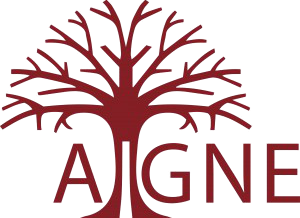Cinematic Jewish Women in Rural Argentina and the Representation of Argentinidad
DOI:
https://doi.org/10.33178/aigne.vol4.2Abstract
From the outset, Argentine cinema has played a significant role in the question of argentinidad. The historical account of how Jewish immigrants from Eastern Europe settled in the Argentine interior and became Argentines rooted in the land has not escaped Argentine film. Although period films portray Jewish female characters as nation builders alongside their male counterparts, the study of Jewish women in Argentine cinema has received little scholarly attention. In an attempt to remedy that, this article shows that the examination of the Jewish female onscreen can shed light on the controversial question of argentinidad. It examines the representation of two cinematic Jewish women in the Jewish agricultural colonies of the north-eastern province of Entre Ríos, Argentina, in the early twentieth century. Through the analysis of Miriam’s story in Juan José Jusid’s Los gauchos judíos [The Jewish gauchos] (1975) and Gertrudis’s story in María Victoria Menis’s La cámara oscura [Camera obscura] (2008), the article argues that Argentine cinema advocates the acculturation of the Jewish woman in Argentine society, and asserts that national cinema is on the side of the integration of different ethnicities as a desirable development for Argentine society. However, the stories of these women demonstrate that integration provokes a clash between tradition and assimilation. Placing the Jewish woman at the centre of the study reveals that these women have to break with their identity groups in order to integrate into their host country, a process that comes at a considerable cost.The article concludes that these cinematic females’ agency mirrors the proactive roles which Jewish women have had in building their host nation, and thereby, argentinidad.Downloads
Published
2018-11-26
Issue
Section
Articles
License
For our full Copyright Notice see our Author Guidelines.
How to Cite
Vohnsen, M. (2018). Cinematic Jewish Women in Rural Argentina and the Representation of Argentinidad. Aigne Journal, 4(2). https://doi.org/10.33178/aigne.vol4.2


